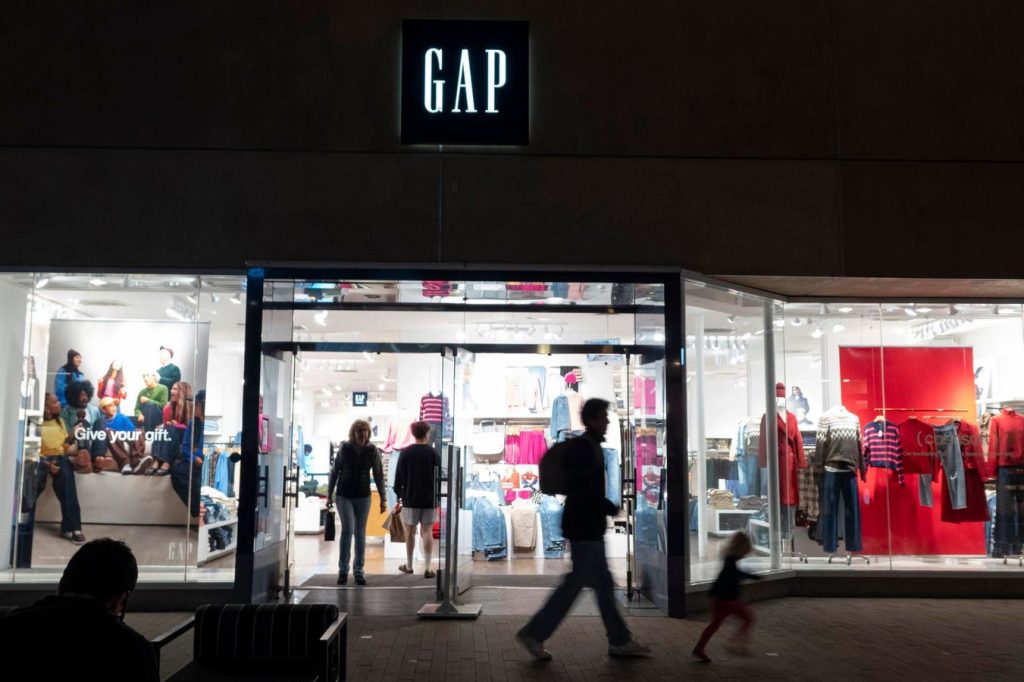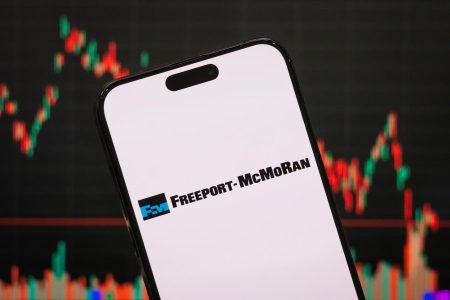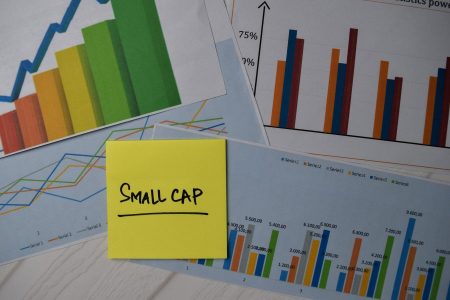Gap Inc. (NYSE: GAP), a prominent player in the apparel industry, has navigated a challenging retail landscape in recent years, marked by fluctuating consumer confidence and shifting market dynamics. While the company experienced a period of declining sales momentum, with revenues shrinking by 11% between 2021 and 2023, the fiscal year 2024 ushered in a period of renewed optimism and strategic transformation. Gap’s stock performance in 2024, a 17% increase, outpaced its competitor Guess, which saw a 41% decline, but trailed the broader market as represented by the S&P 500’s 23% return. This performance reflects the complexities and ongoing evolution within Gap Inc.
The company’s turnaround efforts, spearheaded by CEO Richard Dickson, focused on cost-cutting measures, strategic leadership appointments, and a renewed emphasis on driving sales and earnings growth. These efforts began to bear fruit in FY 2024, with positive comparable store sales signaling a shift in momentum. The closure of underperforming stores, part of a broader strategic realignment, further contributed to streamlining operations and positioning the company for future growth. This strategic shift is reflected in the financial performance of the first nine months of FY 2024, where revenue saw a 3% year-over-year increase to $11 billion, accompanied by an improvement in gross profits and earnings per share. Profitability rose to $1.70 per share, a significant jump from $0.86 per share in the same period of the previous year, underscoring the effectiveness of the implemented strategies.
A key driver of Gap’s improved financial performance has been the expansion of its gross margin, which increased by a substantial 350 basis points to 42.2% in the first nine months of FY 2024. This improvement largely stems from a strategic reduction in promotional activity, a decision enabled by the successful resolution of previous inventory challenges. By managing inventory more effectively, with levels down 2% year-over-year in Q3 2024, Gap was able to optimize pricing strategies and enhance profitability. Despite these positive developments, the company’s stock performance has been somewhat lackluster in recent years, highlighting the volatile nature of the retail sector and the challenges of consistently achieving market-beating returns.
Looking ahead, Gap’s financial projections for FY 2024 indicate continued growth and improved performance. Revenue is forecasted to reach $15.1 billion, representing a 1.5% year-over-year increase, with earnings per share estimated at $2.10. Based on these projections and a P/E multiple of 10.6x, the company’s valuation is estimated at $22 per share, slightly below the current market price as of January 2nd. These projections suggest continued, albeit modest, growth in the near term, influenced by both internal strategic initiatives and external economic factors. The company’s own internal guidance for FY 2024 reinforces this outlook, projecting sales growth of 1.5% to 2% compared to FY 2023, along with a significant increase in operating income and gross margin expansion.
A closer look at Gap’s third-quarter performance provides further insights into the performance of its various brands. Comparable sales for the company overall were up 1%, with Old Navy, the largest contributor to revenue, maintaining flat comparable sales compared to the previous year’s positive 1%. The Gap brand demonstrated a healthy 3% comparable sales growth, while Athleta, albeit from a lower base due to a significant decline in the previous year, saw a 5% increase. Banana Republic, despite a 1% decline in comparable sales, showed improvement compared to the previous year’s 8% drop. Notably, the dependence on Old Navy and the Gap brand is evident, as these two brands contribute significantly more to overall revenue compared to Athleta and Banana Republic, which collectively account for less than 20% of total revenue. This highlights the importance of the core brands’ performance in driving overall company growth.
The apparel industry, including Gap Inc., is inherently sensitive to consumer spending patterns, which are closely linked to consumer confidence. While consumer confidence has rebounded from the lows experienced during the pandemic, it remains below pre-Covid levels. The decline in the U.S. consumer confidence index in December 2024, following a brief period of optimism in October and November, underscores the fragile nature of consumer sentiment and the potential impact on retail spending. This sensitivity to consumer behavior adds another layer of complexity to Gap’s operating environment, highlighting the importance of adapting to changing market conditions and maintaining a flexible business strategy. The continued recovery of consumer confidence, along with the successful execution of the company’s strategic initiatives, will be key factors influencing Gap’s future performance.










